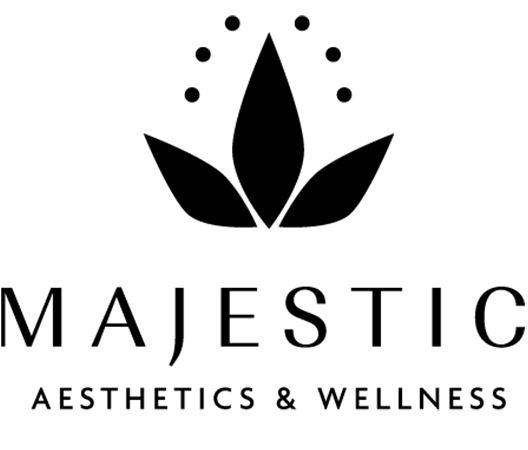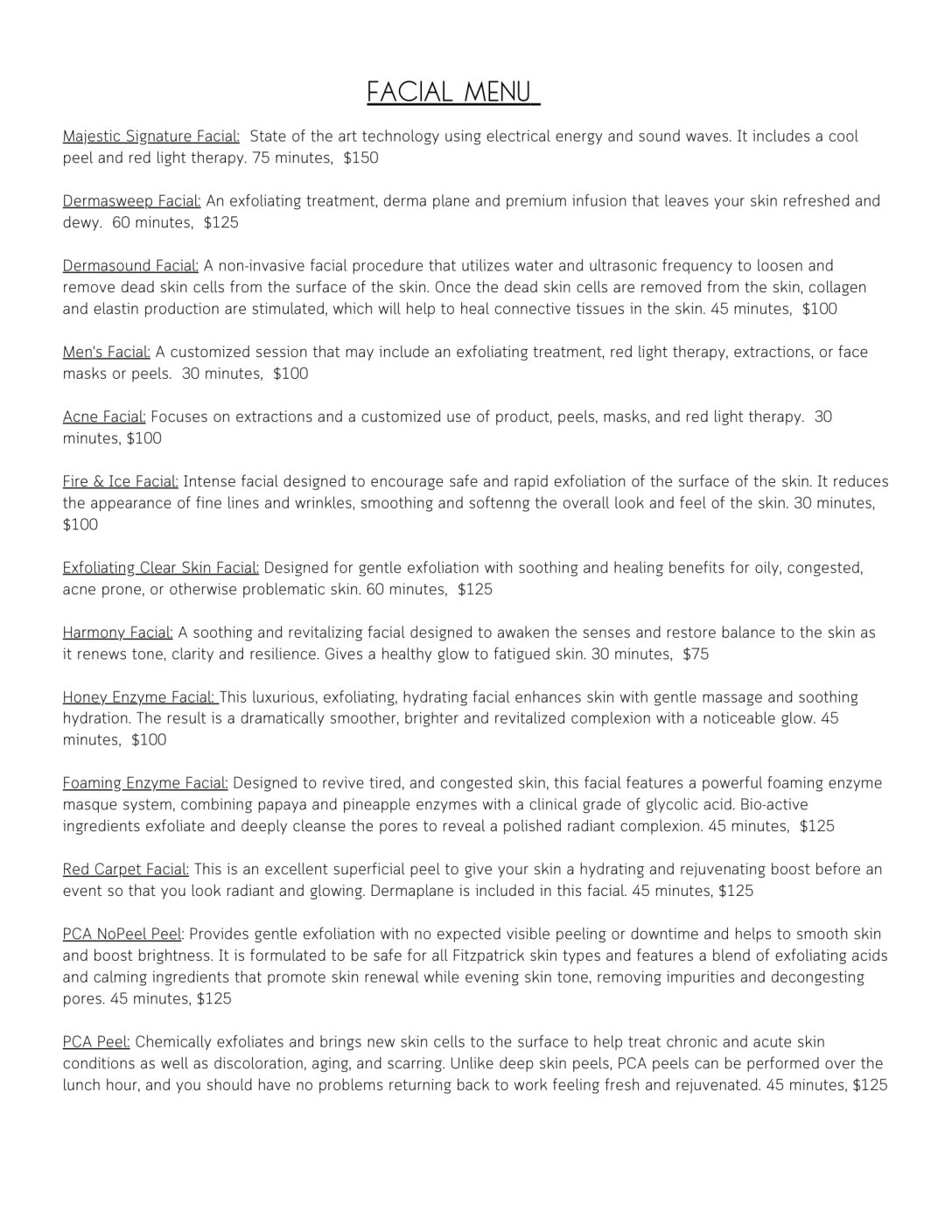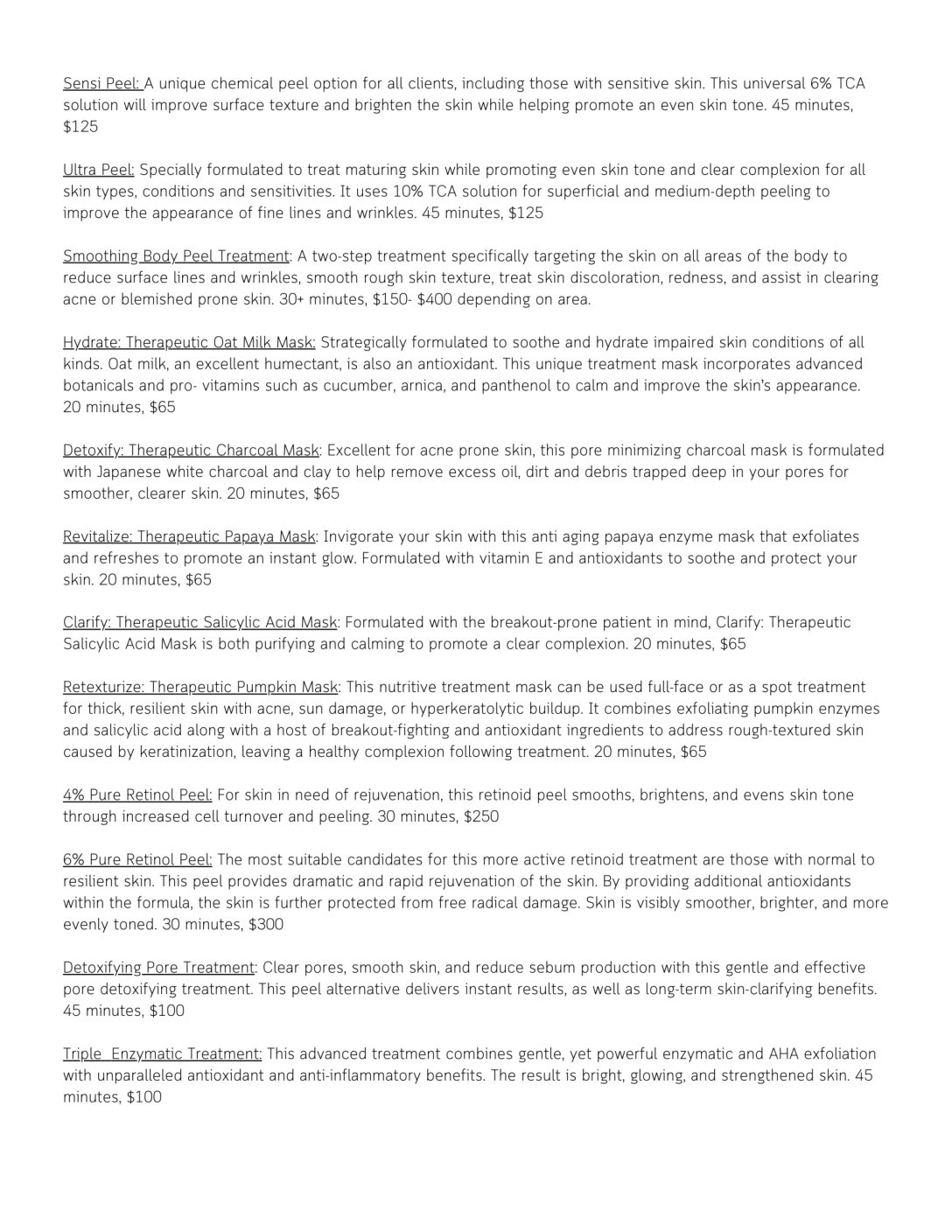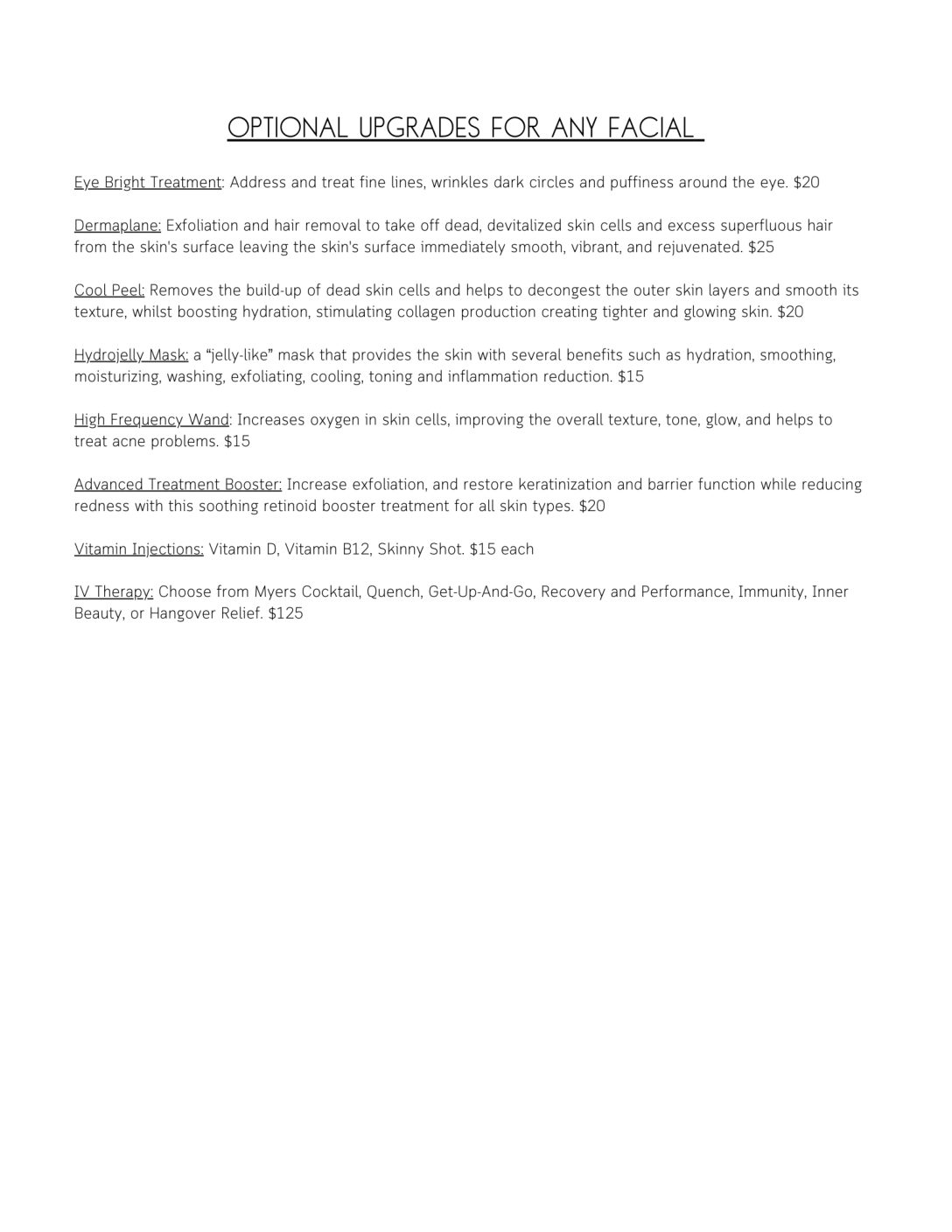SUN PROTECTION
Sunlight travels 93 million miles through space to reach us, bringing some rays essential for Life and others that spell destruction. About 100 kilometres above the earth’s surface the light encounters the ozone layer that ensheathes the world and the sunlight is then stripped of its most harmful components. Well, that’s how it used to be …..
In the industrial boom of the 20th century, human activities have seriously damaged that essential protective layer and more of the harmful Ultra-violet rays are coming through down to the earth. These rays can destroy our skin and our eyes so we have to protect ourselves, as never before, from the destructive rays of the sun. Until recent times this was difficult, even impossible. Fortunately we now have chemicals that make sun protection possible. By reducing sunburn we slow down skin ageing, cataracts and, hopefully, we prevent skin cancers.
Don’t under-estimate the importance of daily photoprotection. The thinning of the ozone layer of the atmosphere is real, and its attendant risks are even more dangerous than the average person understands. However, bear in mind that we actually do need sunlight to brighten up our minds, and to make the essential Vitamin D that keeps our bones strong. Somehow we have to find the ideal balance between the benefits and the dangers of sunlight.
What is the Ozone story?
When we speak about the ozone layer we mean the ozone in the stratosphere, about 15 – 20 km above the earth’s surface. Ozone can be found around us but that’s the ozone we don’t want: it is highly destructive!
Ozone is very scarce in the stratosphere and is formed by the sun rays which link three atoms of oxygen together. Ozone has the ability to absorb the energy of the more powerful UV rays and convert it into heat. Dangerous UV rays, which would cause severe damage to all forms of life, are prevented from reaching the surface of the earth. At this stage all UV-C rays, most of the UVB rays and almost none of the UV-A rays are filtered out. It is estimated that in the past 25 years the global ozone layer has been depleted at least 3%. This may not sound much but the figures become more significant when one realises that for every 1% loss of ozone, we expect a 6% increase in skin cancers.
Skin Cancer
Most of these cancers will be either rodent ulcers or squamous carcinoma. These cancers tend to happen in people who spend a lot of time outdoors. However, our attention should be focused on malignant melanoma which is a tumour arising from the pigment cells of the skin. The aggressive tumour tends to occur more commonly in office workers and higher socio-economic levels.
It seems that the sun exposure experienced in the first 15 – 20 years of life is the most important factor especially in people with Type I or II skins with numerous moles. Beware of “sun bingeing” which is the term used to describe the behaviour of office workers who spend most of their working days indoors and then spend as much time as possible in the sun on weekends or on holidays trying to develop a “healthy” tan. Malignant melanoma used to be rare but it has now reached almost epidemic proportions in Australia and Southern Africa. It is also on the rise in places like Scotland! It is predicted that one in 75 children born in the year 2000 will develop a melanoma during their lifetime.
Old Skin and Wrinkles
There are no figures about the prevalence of pigmented blemishes and wrinkles but they will definitely become more common unless we do something about it.
Cataracts and Pterygium
UV-B is the culprit in the development of both cataracts and pterygia (a growth of tissue on the white part of the eye leading from the corners of the eye to the cornea).
Natural Sun Protection
Nature tries to deal with excessive sun exposure by increasing the thickness of the skin and by darkening its colour (a tan).
- A thickened horny layer is our best natural protections against UV mainly in the UV-B
- A tan is not a good way to protect skin. Exposure to UV light induces the production of more granules of melanin in the epidermal cells. Melanin absorbs and scatters UV radiation and is also extremely powerful at quenching free radicals. Melanin is more protective against UV-B and UV-
In today’s world natural protection is definitely not enough. So what can we do? The answer is quite simple – and not so simple! Stay out of the mid-day sun and
when you do go into the sun, use adequate and effective sun protection. One has to select which preparation to use on your skin – and most people are not informed enough to decide which cream or lotion to use.
Selecting a Suitable Sun Screen
- First of all select the type of preparation that you want or
This may be a simple solution with alcohol, an oil, a gel, a cream or even a make-up compact or stick. One must obviously select the type of preparation that suites your skin, your life-style and the sun that you will be exposed to. For example, if one sweats a lot or swims etc., then an oilier “waterproof” preparation may be preferable to a light cream or solution that could easily be removed by sweat or water. People with acne prefer to have a lighter type of sun-protection.
- Then one has to consider the actual chemicals that will give you the protection you There are basically two families:
- Sun filters which absorb part of the sun’s UV radiation, or
- sun screens which reflect it.
Chemical absorption or refraction is never complete and some of the rays will still get through and cause damage so one has to consider other chemicals which can minimise the damage.
Some filters may also absorb only the B rays and not the A waves, whereas a few may be effective for both UV-A and B but in these cases the effect is usually weaker for UV-a. There are only a few true UV-A filters.
Absorbent Sun Filters
- Today the most successful UV-A protection available comes from Dibenzoylmethane related compounds (Parsol 1789).
- The most popular UV-B range protection is (which also has some activity in the UV-A range). Check that your sunscreen contains a compound like methyl-
- Benzophenone related compounds are considered less effective but are often used in USA made products. These are really UV-B absorbers but extend into the UV-A range – their maximum absorption is at 320 nm so most of the UV-A is not
- Try and avoid preparations containing Paraminobenzoic acid (PABA) and related compounds. PABA is active in absorbing UV-A. There is a strong belief today that PABA may be very effective in preventing sun-burn but paradoxically may not prevent damage to important immune cells which maintain safe healthy skin. Some researchers also believe that PABA does not protects against the development of skin
I believe that we should limit our exposure to chemicals until we have long term experience of daily use of these chemicals for 20 – 30 years. They may have surprising effects. PABA is an example: 20 years ago it was the mainstay of sun protection whereas now we know it never gave the protection that was needed and may have seduced people to expose themselves even more to UV- A than they would otherwise have had. We also need to make sure that our sun- protection is not causing a deficiency of vitamin D. I believe that we have to look more into the natural protection against the sun and this is where the anti- oxidants play an enormous role.
The Antioxidants
This is a relatively new concept in protecting the skin from damage by UV rays. Antioxidants are attractive as agents to modify UV induced free radicals damage. We know that UV light sets up free radical chain reactions which become the mechanism whereby damage occurs to the cells. Therefore the anti-oxidants have an important role to play to limit the damage that occurs. The most important are the anti-oxidants normally found in the skin viz:
- Vitamin E
- Vitamin C
- Beta Carotene
- Seleno-methionine
- Superoxide Dismutase
- Vitamin E is well known to potentiate the effects of a sun-filtering It is also believed that Vitamin E is also useful as a post- sunburn treatment to try and limit the damage that has occurred.
- Vitamin C also has important effects and may have its most important role in keeping vitamin E active as a free radical scavenger. However, not all versions of vitamin C are absorbed by the
- Beta Carotene protects against UV-A damage to a certain extent and seems also to have an important role to play in limited the damage that occurs from the free radical chain
- Seleno-methionine is an exciting and relatively new factor to consider. The selenium is important in facilitating an enzyme that helps to control free
radicals but selenium is not absorbed reliably unless it is combined with an amino acid. It has been noticed that when seleno-methionine is applied to skin the sunburn is reduced.
The important feature is that the seleno-methionine can be applied even the night before and is absorbed into the skin and is not washed off. This is particularly important for children because they can be “prepared” for sun exposure the night before and the protection will not wash off if they swim etc.
- Superoxide Dysmutase: this agent seems to have a very limited value in sun protection.
REFLECTANT Sunscreens
These agents reflect or completely absorb most of the rays (even visible light) and they are opaque, inert substances. They are more effective in photoprotection than the UV filters but do have problems when used in cosmetic preparations.
- Titanium oxide is an opaque white powder ground ultra-fine in order to use it in a sun protecting cream. Titanium has the fortunate property of being inert to human tissues so it can be used with safety in people who react against the UV filters. It has to be very finely ground in order to be effective and should not be used too thickly otherwise the skin may be covered by a white residue.
- Zinc oxide is also very useful and widely used by tennis players and cricketers to protect the lips and nose. It can be opaque white or may be It may help acne.
- Talc and iron oxide are also mechanical sun-screens that are important in the protection of the skin when using make-up.
What is the Sun Protection Factor (SPF)?
All sun tan products are defined with an SPF but that factor applies only to UV-B protection. Hence, the real protection may be less than implied by the SPF. It is probably more important to consider the class of protection rather than the actual SPF number viz. minimal, medium, high or extreme protection.
The SPF is dose related and is usually set in laboratory circumstances with a precise thickness of the cream. However, people don’t use the creams in such a precise way and so one should not rely totally on the designated SPF.
Remember that when a product is checked for it’s SPF only 50% of the subjects need to be protected by that preparation to the level claimed!
We need to change our life-styles and become more Sun Wise. Here are essential tips for you to follow every day if you are in a sun-drenched area:
- Wear UV-A and B blocking sunglasses which will greatly reduce your chances of getting cataracts and pterygia etc. Check the label when buying
- Wear a wide brimmed hat to protect your face, ears and neck – areas particularly prone to over exposure to the
- Protect yourself with clothing during prolonged periods in the sun. Tightly woven, loose fitting clothes are best, but any clothing is better than none at
- Always use sunscreen every For simple “round the town” sun exposure it is only necessary to use a low level Sun Protection Factor (SPF) of 4 to 8 provided it has been both UVA screen as well. This will give you sufficient protection to save your skin but still permit the formation of vitamin D. The use of anti-oxidants in the sunscreen protection enhances the protection without interfering with vitamin D formation.
When spending a prolonged time in the sun then use a sunscreen with UV-A and B protection with SPF of at least 15. This will block out most harmful UV radiation. Apply sunscreen liberally and reapply every 2 hours when working, playing or exercising outdoors. Remember that even a waterproof sunscreen can come off when you sweat or swim.
- Avoid the midday sun as much as possible. About 80% of the UV flux reaches us between 9am and 4pm. Limit your exposure to the sun during these hours.
- Avoid sunlamps and tanning parlours which damage the skin and should be avoided entirely.
- Watch for the UV Index on radio, TV or The UV Index provides a forecast of the expected risk of overexposure to the sun. The UV Index predicts exposure levels on a 0 – 10+ scale, where 0 indicates a low risk of overexposure, and 10+ means a very high risk of overexposure.
- Consider using a protective device to warn you of sun exposure. If possible use an instrument that indicates Infra-red exposure as well as UV light.
- However, do not try to avoid the sun completely because you need to boost your body’s vitamin D level. It is believed that only a few minutes exposure to the sun each day are sufficient to make the daily requirements of vitamin
Make your Child Sun Wise
The sun’s bad effects appear only later in life, but they start in our youth. Most people today get most of their sun exposure before 20 years, and there is a strong link between early exposure and skin cancer as an adult – particularly malignant melanoma.
Accustom your child to the following precautions to help ensure that they avoid UV related health problems, both now and later in life. Each of these steps must become an easy, accepted habit, like fastening seat-belts in the car.
- Yes! Even children must wear sunglasses. Check the label to make sure that they are UV-A and B
- Wear a hat
- Wear protective clothing when playing out in the sun. Tightly woven cotton, but loose-fitting clothes are best, but any clothing is better than none at
- Always apply a sunscreen before your child goes outside to play on a sunny day – SPF of at least 15 – and reapply every two hours if your child has been perspiring or Even waterproof sunscreens can come off.
For daily protection use a lower SPF e.g. 4 to 8.
Children under six months of age should never have suncreen applied to their skin, but should be protected by avoiding direct sunlight.
- Avoid the midday sun as much as Try to limit your child’s exposure to the sun between 10am to 4pm.
- Check the predicated UV flux.
- Consider using a protective device to warn you of sun exposure. If possible use an instrument that indicates Infra-red exposure as well as UV
Factors which Modify the Effects of Sun Creams
- Quantity of the product applied. For the whole body you need about 30ml and most people do not use the preparation that lavishly. If half the amount is used then the sun protection factor is halved.
- Most products undergo spontaneous degradation after application due to oxidation etc.
- The more wrinkled the surface, the more cream is required.
- The longer you are exposed to the sun, the lower becomes the SPF.
- Perspiration, swimming. These dilute the actual screen and so lower the
Renew the application every two hours and after swimming. The Disadvantages of Sun Blockers
- Allergy to the main
- Allergy to the base.
- UV-B blockers prevent the formation of vitamin D.
The disadvantages of sun protection are negligible compared to the benefits.
Sun Exposure
Some people believe that the best protection of the skin is a careful gently tan by repeated, but limited sun exposure with low SPF products. They view the presence of melanin as a protective mechanism. However, we know that melanin does not protect the skin as well as is wished.
There is an opposite view that the very high SPF must be used at all times. However, that does mean that one is then subjecting one’s skin to relatively high doses of the active chemicals and that may induce some skin irritation.
By using a factor 18 after three hours a sensitive skin will tan lightly. Avoid developing erythema (red skin). This may occur a few hours after the sun exposure. High protection factors have never totally prevented a sun tan.
After careful exposure, one can use a lower SPF without developing erythema.
You have to take account of the weather when you expose yourself to the sun:
- Weak sun: spring, autumn days, an hour’s walk in summer before 9am and after 5pm. Use at least SPF 4, wear glasses and a hat. If in doubt then use a device to warn you of UV and Infra-red exposure.
- Medium Sun: a cloudy summers day, average altitude or on the beach, but not between noon and 4pm. Use SPF 15 – 16 and re-apply after about two Wear hat and glasses. Use a device to warn you of sun-exposure (UV and Infra-Red).
- Strong Sun: Use SPF 15 – 16 (not more than 20) and re-apply If necessary use an aqua-sport type of product. Wear glasses, hat and protective clothes. Use a device to warn you of UV and Infra-Red exposure.
- Extreme sun: a day on a boat, tropical beaches, deserts, high altitudes (above 2 000m). Use every possible protection and try to avoid this!
If you are determined to develop a tan then it wise to try and filter out as much of the UV-B as possible by using a factor 16 cream and then subjecting yourself to graduated and limited exposures to the sun until the exposure to the UV-A has promoted a tan. Then a lower SPF can be used. Always apply an anti-oxidant preparation after exposing yourself to the sun. Avoid UV-A solariums. I do not recommend solariums since the exposure is in addition to the normal daily sun exposure. I believe that solariums are actually very damaging to the skin and cause a significant increase in wrinkles.
Don’t forget Vitamin D!!
We need vitamin D to make strong bones. Vitamin D is a fat soluble vitamin found mainly in fish liver oil and egg yolks. We are not entirely dependant on dietary sources of vitamin D because a certain chemical (7-dehydrocholesterol) in, the skin may be made by the photo-conversion into its active form of exposure to UV-B light. Vitamin D increases the absorption of Calcium (and phosphates) from the intestine. Lack of vitamin D causes rickets in children, and osteomalacia in adults.
There is no certainty about exactly how much vitamin D we really need. Because cancers of the breast, the colon and the prostate are less common in people who are exposed to more sunlight in a year, it is believed that vitamin D produced I the skin plays an important role in preventing the development of these cancers.
Because vitamin D can only be converted by UV-B, the use of UV-B blockers can interfere with its production. UV-B is also blocked out by simple window
glass but UV-A is not. Therefore it is possible to UV-A irradiation while “sunbathing” behind a window without producing any vitamin D. It is estimated that in many parts of Europe, people make no vitamin D during the winter months. This is believed to be instrumental in the prevalence of cancers o of the breast, colon and prostate in these areas. This is one of the reasons that only moderate sun protection should be used daily. “Full” sun protection should be reserved for when one is exposed to strong sun light, or when prolonged exposure is anticipated.
The truth is that if you are exposed too much to the sun, then you can get cancers of the skin and photo-ageing, whereas if you are not exposed enough to the sun, then you may get a dangerous cancer.
BEWARE OF BELIEVING THAT YOUR SUN-SCREEN WILL PROTECT YOU WHILE YOU DELIBERATELY OVER-EXPOSE YOUR SKIN TO THE SUN.
Summary
There are numerous agents to protect your skin from the sun and one also has to take into account the type of weather in deciding what sort of protection you are using. It is essential to realise that even the strongest sun filters are only partially effective and in fact there is no cream etc. that will give total protection. For this reason it is important to maintain a high anti-oxidant level in irradiated skin.






